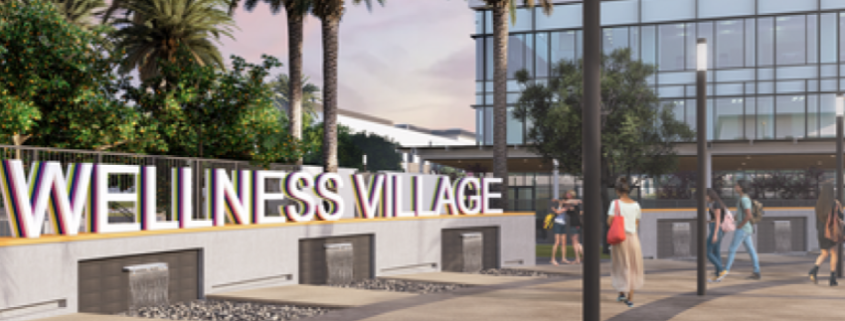New Healthcare Projects Focus On Integrated Wellness
Healthcare real estate developer PMB think their new 445,000-square-foot Wellness Village will transform healthcare by integrating behavioral health treatment with medical care and social services. The public-private partnership project, which is expected to be complete in 2026, is part of a growing direction in healthcare CRE investment and development.




